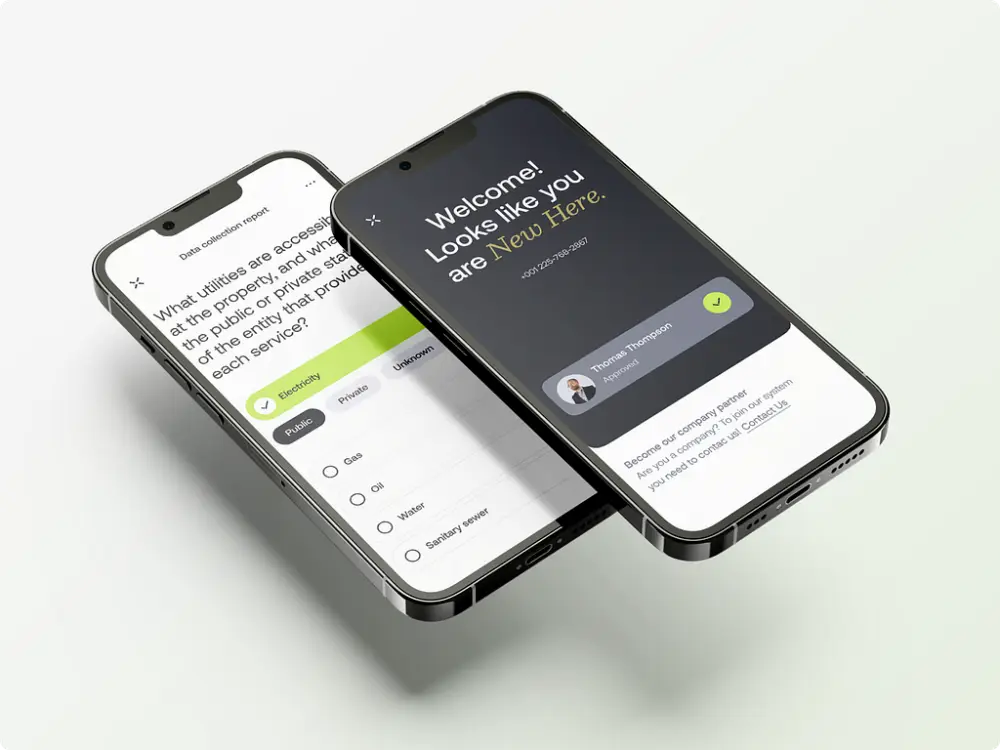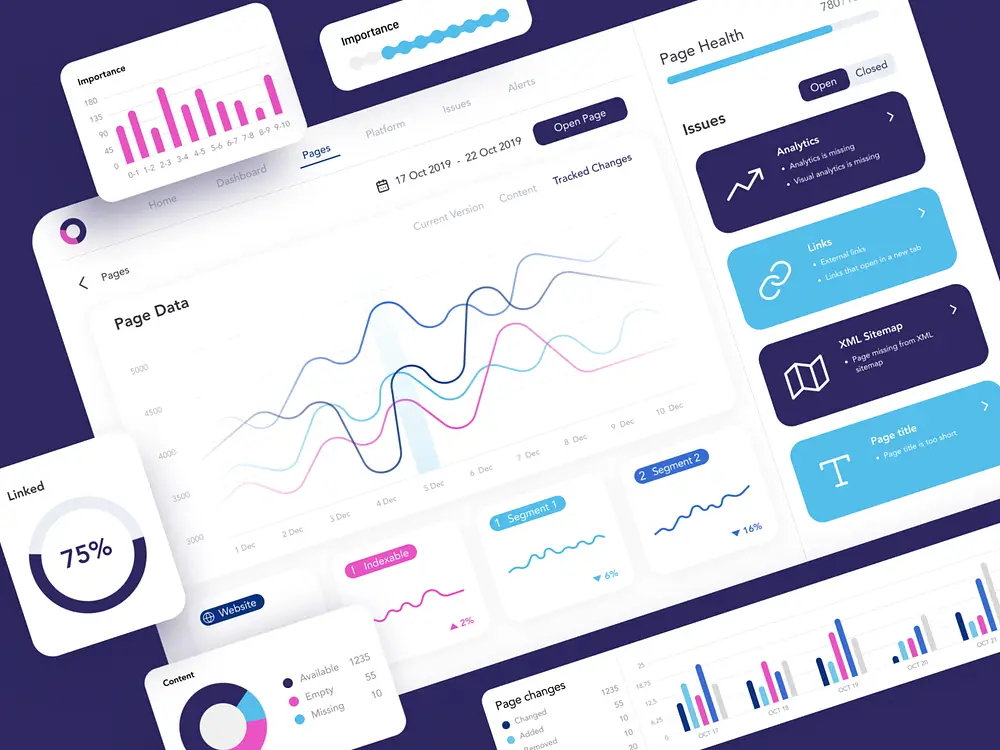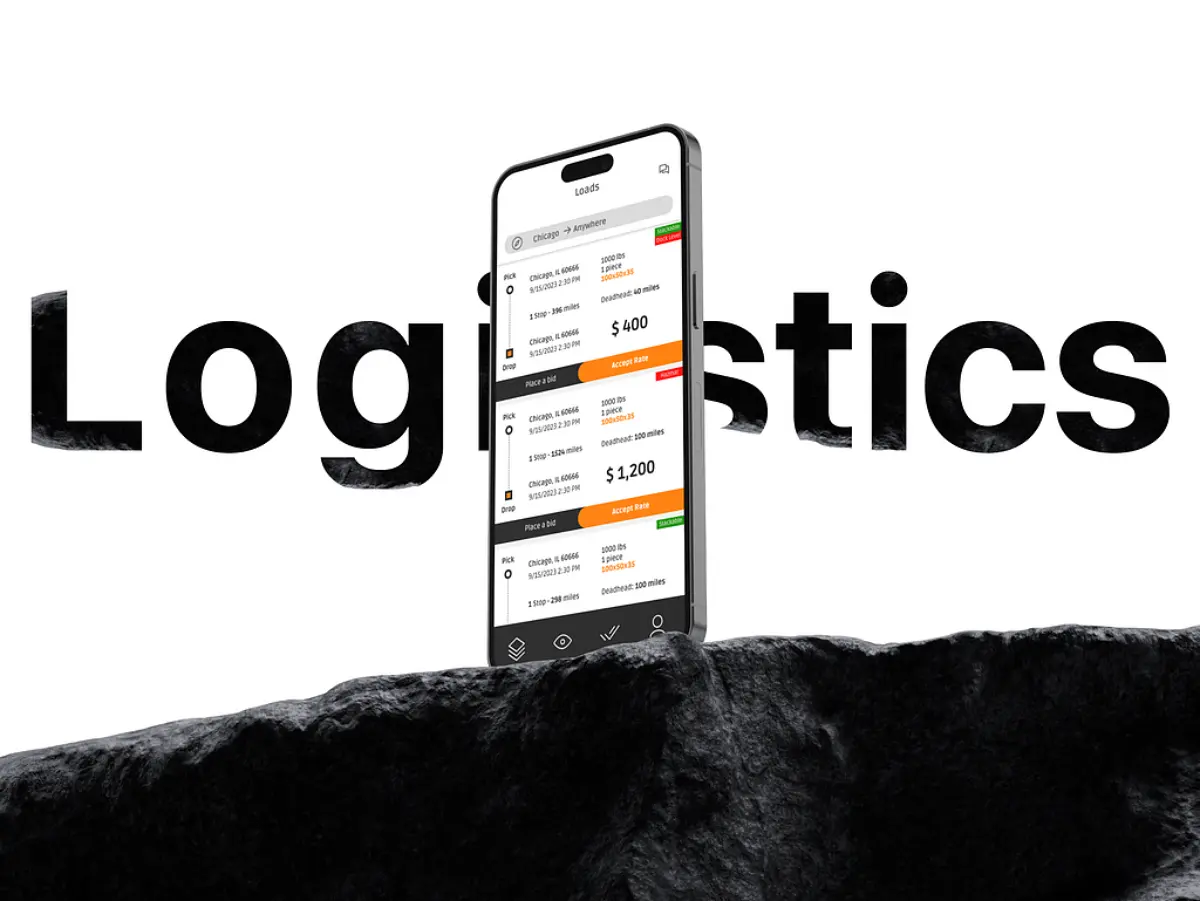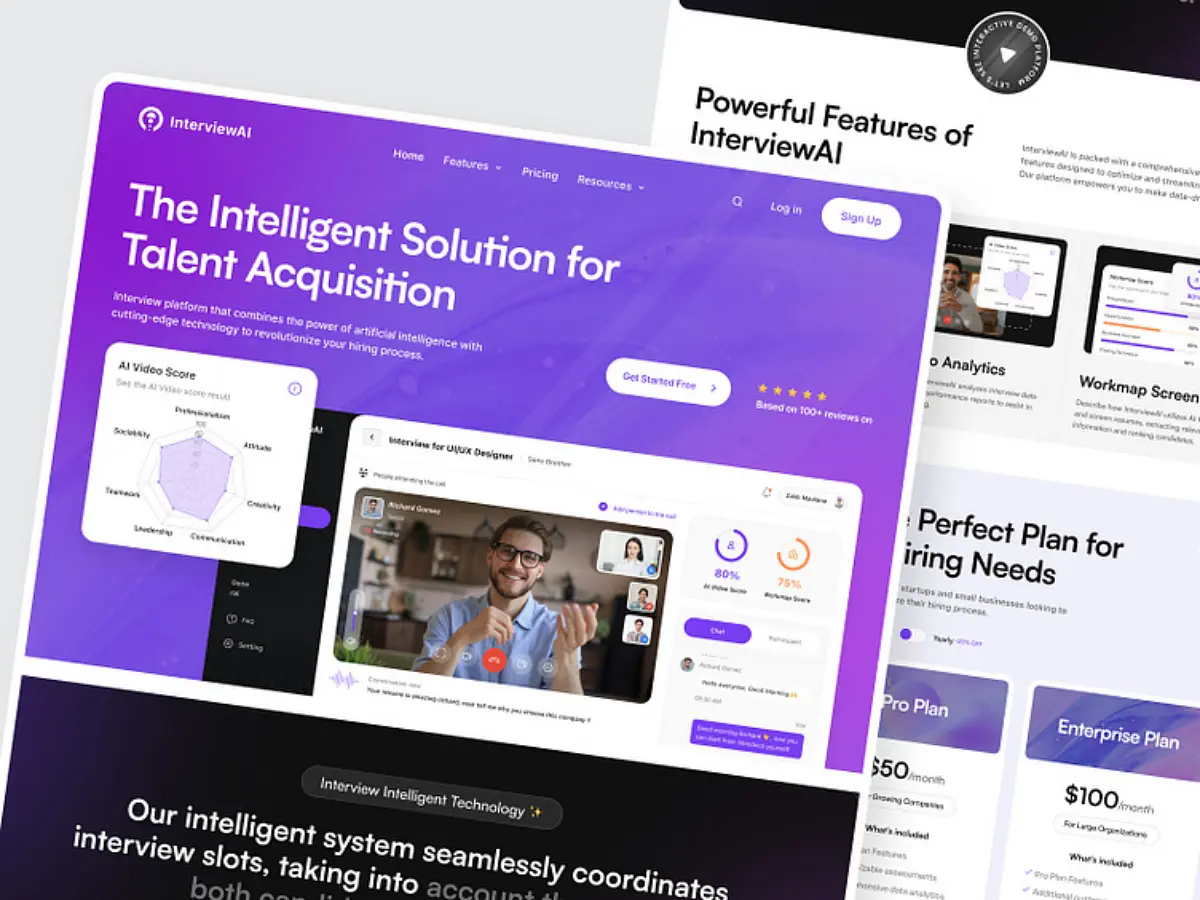So, you’ve got a killer idea for a new app or product that’s going to change the world (or at least make it a bit more fun and convenient). But before you dive headfirst into development, there’s one crucial step you shouldn’t skip: building a Minimum Viable Product (MVP). Now, I know what you’re thinking – “Why should I bother with an MVP?” – and I’m here to tell you why it’s a game-changer.
An MVP is like the appetizer before the main course. It’s a stripped-down version of your product that allows you to test your concept with minimal resources. This means you can gather valuable feedback, make necessary tweaks, and ensure there’s a market for your brainchild before you go all-in. Plus, it can save you a ton of money and headaches down the road. Sounds pretty great, right?
In this article, we’re going to break down all the nitty-gritty details of how much it costs to build an MVP in 2025. From development and design to testing and launch, we’ve got you covered. So, buckle up and get ready to turn your brilliant idea into a reality – without breaking the bank!
1. What Is An MVP?
Alright, let’s kick things off by demystifying this buzzword: MVP. No, we’re not talking about the Most Valuable Player (though your idea definitely has the potential to be a superstar). In the startup world, MVP stands for Minimum Viable Product. But what does that really mean?
An MVP is the simplest, most basic version of your product that still delivers the core value to your users. Think of it as the skeleton of your grand idea – it’s not fully fleshed out, but it’s enough to get the job done and show your audience what you’re all about. The goal here is to test the waters without diving into the deep end.
Imagine you’re developing a new social media app. Instead of launching a full-blown platform with all the bells and whistles, you start with just the essential features – maybe a profile setup, a basic feed, and a way for users to post updates. This lean version allows you to gather feedback, see what works, and spot any potential issues early on.
Here’s why an MVP is a fantastic strategy:
- Cost Efficiency: By focusing on the essentials, you significantly cut down on development costs. You’re not spending time and money on features that might not even be necessary.
- Speed to Market: Getting your MVP out there quickly means you can start collecting user feedback sooner. This helps you iterate and improve your product faster.
- Risk Reduction: Testing your idea with a smaller investment reduces the risk of a full-scale flop. You can pivot or adjust based on real-world data, not just assumptions.
Building an MVP is like taking a test drive before buying a car. It’s an opportunity to validate your concept, understand your audience better, and set the stage for future growth. So, before you go pedal to the metal with your development plans, consider the MVP route – it’s smart, strategic, and can lead to some impressive payoffs.
Have a Project Idea in Mind?
Get in touch with experts for a free consultation. We’ll help you decide on next steps, explain how the development process is organized, and provide you with a free project estimate.
2. Why Would You Build An MVP?
Now that we’ve covered what an MVP is, let’s dive into the juicy part: why you should build one. Beyond the obvious benefits like saving time and money, there are several compelling business reasons to consider. Let’s break them down.
2.1. Attracting Investors
A well-crafted MVP acts as a powerful proof of concept. Investors are more likely to fund your project if they can see a working version of your product that demonstrates its potential. It shows that you’re serious, capable, and that your idea has legs – all crucial factors in securing that much-needed investment.
2.2. Validating Market Demand
Launching an MVP allows you to test the waters and ensure there is a genuine market demand for your product. This validation is essential because it reduces the risk of developing a full-fledged product that nobody wants. Knowing that there’s a real need for your solution can guide your development process and marketing strategies.
2.3. Brand Building
Getting your MVP out there helps you start building your brand presence early. It allows you to establish your brand identity, gain visibility, and create a community around your product. This early brand recognition can give you a significant head start over competitors who might be waiting to launch a fully developed product.
2.4. Competitive Advantage
In the fast-paced world of tech, time is of the essence. By launching an MVP, you can establish your presence in the market and attract early adopters before your competitors even get started. This first-mover advantage can be crucial in gaining market share and setting industry standards.
2.5. Customer Relationships
An MVP allows you to engage with your users early on, building a loyal customer base that feels involved in your product’s development. These early adopters can provide invaluable feedback and become brand advocates, helping to spread the word about your product.
2.6. Scalability Testing
An MVP enables you to test the scalability of your product. You can identify potential technical challenges and performance issues in the early stages, allowing you to make necessary adjustments before a full-scale launch. This proactive approach can save you from costly fixes down the road.
2.7. Resource Allocation
By focusing on the core features that provide the most value, an MVP helps you optimize your resource allocation. You can prioritize development efforts on the most critical aspects of your product, ensuring that your team’s time and energy are spent efficiently. This strategic focus can lead to a more polished and effective final product.
3. Main Factors That Affect the Cost of Building an MVP
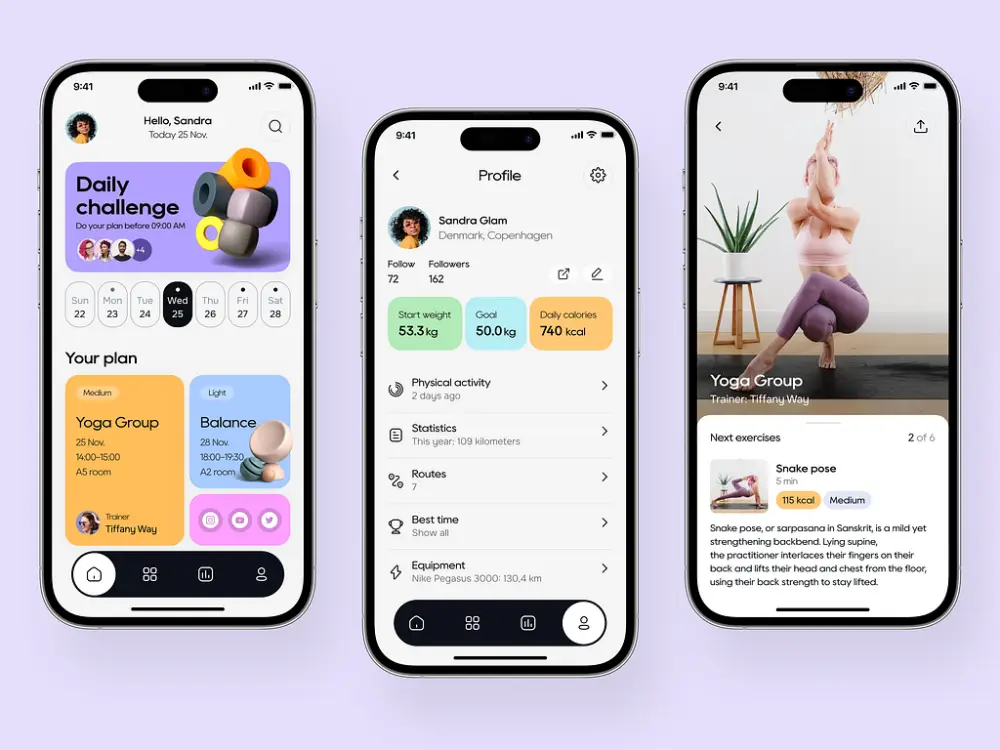
Understanding the cost of building an MVP isn’t just about crunching numbers; it’s about knowing what drives those numbers. Several key factors can influence the overall budget, each playing a crucial role in shaping your project’s financial needs. Let’s explore these factors in detail.
3.1. Business Requirements
Your MVP’s cost is greatly influenced by the specific business requirements you set. This includes the core functionalities you want to include, the target audience, and the overall goals of the MVP. More complex business requirements generally mean more development work, which can increase costs. Clear, concise requirements can help streamline the development process and keep costs in check.
- Idea Validation: Ensuring there is a market need for your product before investing heavily in development. This includes conducting market research, surveys, and interviews to gather data and insights about potential user interest and demand.
- Discovery Phase: Initial research and planning to define the scope and features of your MVP. This phase involves detailed requirement gathering, creating user personas, mapping out user journeys, and setting clear objectives for what your MVP should achieve.
3.2. Technical Complexity
The technical complexity of your MVP is another major cost driver. If your product requires advanced technologies, integrations with other systems, or custom algorithms, the development time and expertise required will be higher. Simpler projects with straightforward functionalities will naturally cost less, while more technically demanding ones can significantly push up the budget.
- Simple MVPs: Basic functionalities with minimal technical requirements. These MVPs focus on delivering core features without any advanced integrations or complex logic, making them quicker and cheaper to develop.
- Average Complexity Products: Moderate functionalities with some integrations, such as third-party APIs or payment gateways. These products require a balanced amount of development effort and can handle more user interactions and data processing.
- Highly Complex Apps: Advanced features, custom algorithms, and multiple integrations with other systems. These MVPs often involve cutting-edge technologies like artificial intelligence, machine learning, or blockchain, leading to higher development costs and longer timelines.
- Hybrid vs. Native Apps: Native apps might cost more due to the need for separate versions for different platforms (iOS and Android), while hybrid apps can run on multiple platforms with a single codebase, potentially reducing development time and costs.
3.3. Design Needs
Design is not just about making your product look good; it’s about ensuring a seamless user experience. The more intricate and custom your design needs are, the higher the cost. This includes UI/UX design, branding elements, and any unique visual components. Investing in good design can pay off in the long run by attracting and retaining users, but it’s important to balance your design aspirations with your budget.
- UI/UX Design: Creating an intuitive and engaging user interface and experience. This involves wireframing, prototyping, user testing, and iterating on designs to ensure that the product is easy to use and meets user expectations.
- Branding Elements: Incorporating brand-specific visuals and styles to create a consistent and recognizable brand identity. This can include custom logos, color schemes, typography, and other design elements that align with your brand’s vision and values.
- Custom Visual Components: Unique design features that require additional effort and creativity from designers. These might include animations, interactive graphics, or other bespoke elements that enhance the user experience but add to the complexity and cost of the design process.
3.4. Team Composition
Who you choose to build your MVP is just as important as what you choose to build. The cost can vary significantly depending on whether you hire a full-fledged development agency, a team of freelancers, or build an in-house team. Agencies might offer more comprehensive services but at a higher price, while freelancers can be more cost-effective but might require more management on your part. The expertise and experience of your team members also play a crucial role in determining the overall cost.
- Development Agency: Comprehensive services but at a higher cost. Agencies typically provide a full team of experts, including project managers, developers, designers, and QA engineers, ensuring a cohesive and well-managed development process.
- Freelancers: Cost-effective but might require more management. Freelancers can be a budget-friendly option, but you may need to coordinate and manage multiple individuals to cover all aspects of your MVP development, which can be time-consuming and challenging.
- In-House Team: Direct oversight but potential for higher long-term costs. Building an in-house team gives you more control over the development process and allows for better communication and collaboration, but it involves recruiting, training, and maintaining staff, which can be expensive.
3.5. Development Timeline
The timeline for developing your MVP can also impact the cost. Tight deadlines may require a larger team or extended working hours, which can increase expenses. Conversely, a more flexible timeline can allow for a more measured approach, potentially reducing costs. However, it’s essential to balance the timeline with market demands to ensure you’re not too late to capitalize on your idea.
- Tight Deadlines: May require more resources and increase costs. When working against a tight deadline, you might need to hire additional developers, pay for overtime, or expedite certain processes, all of which can drive up the overall cost.
- Flexible Timeline: Allows for a more measured approach and potential cost savings. A flexible timeline enables the team to work at a steady pace, reducing the need for rushed work and allowing for more thorough testing and iteration, which can lead to a higher-quality product and lower costs.
- Market Timing: Balancing development speed with market readiness. It’s crucial to launch your MVP at the right time to capture market interest and stay ahead of competitors. While a faster development process might incur higher costs, it could be justified if it means seizing a strategic market opportunity.
Let’s talk
A consultation with the Client Relationship Manager, who represents TECHVIFY, without any commitment from your side, will give you:
- Structured and clear vision of your future application
- Information about how our software development company guarantees 100% on-time and on-budget delivery
- Recommendations for choosing the tech stack
- Advice on further steps
- Business-side recommendations
- Rough project estimation on software development
TECHVIFY is right where you need. Contact us now for further consultation:
4. Cost for Post-Launch MVP
Launching an MVP is just the beginning of your product journey. Once your MVP is out in the market, there are ongoing costs to consider that are crucial for sustaining and growing your product. These post-launch costs can significantly impact your budget and should be planned for accordingly. Let’s explore some of the key areas where you can expect to incur expenses after launching your MVP.
4.1. Marketing and Advertising
After your MVP is launched, marketing and advertising become essential to drive user acquisition and increase visibility. Building awareness and attracting users require a well-planned marketing strategy, which can include various channels and tactics.
- Digital Marketing Campaigns: Investing in online advertising through platforms like Google Ads, Facebook Ads, Instagram, and other social media channels to reach your target audience.
- Content Marketing: Creating and distributing valuable content, such as blog posts, videos, and infographics, to attract and engage potential users.
- SEO: Optimizing your website and content for search engines to improve organic search rankings and drive traffic.
- Email Marketing: Building an email list and sending targeted campaigns to nurture leads and convert them into users.
- Influencer Partnerships: Collaborating with influencers in your industry to promote your MVP and reach a broader audience.
4.2. Sales
In addition to marketing, having a robust sales strategy is vital for converting leads into paying customers and driving revenue growth. Sales-related costs can vary depending on your product and target market but typically include the following:
- Sales Team: Hiring and maintaining a skilled sales team to engage with potential customers, conduct demos, and close deals.
- CRM Tools: Investing in customer relationship management (CRM) tools to manage leads, track interactions, and streamline the sales process.
- Sales Training: Providing ongoing training and development for your sales team to enhance their skills and improve performance.
- Sales Collateral: Creating and maintaining sales materials, such as brochures, presentations, and case studies, to support the sales process.
4.3. Maintenance and Support
Maintaining and supporting your MVP post-launch is critical to ensuring a positive user experience and retaining customers. Regular updates, bug fixes, and customer support are essential components of this ongoing effort.
- Technical Maintenance: Continuously monitoring and updating your MVP to fix bugs, improve performance, and ensure compatibility with new technologies and platforms.
- Feature Enhancements: Developing and releasing new features based on user feedback and market demands to keep your product competitive and relevant.
- Customer Support: Providing timely and effective support to users through various channels, such as email, chat, and phone, to address their issues and concerns.
- Hosting and Infrastructure: Managing server costs, database management, and other infrastructure-related expenses to ensure your MVP runs smoothly and can scale as your user base grows.
- Security: Implementing robust security measures to protect user data and maintain trust, which may involve regular security audits, updates, and compliance with industry standards.
5. Actual MVP Development Cost & Development Timeline
When budgeting for an MVP, it’s essential to consider the comprehensive costs involved in design, coding, project management, and testing. Additionally, some projects may require ongoing maintenance. Let’s break down the potential costs and development timeline for building an MVP.
5.1. MVP Development Costs
Creating an MVP involves several stages, each contributing to the overall budget. Here’s a detailed look at the potential costs associated with different aspects of developing an MVP:
- Prototype UX/UI and Idea Validation: To create a prototype, validate your idea, and prepare a pitch for investors, you can expect to spend up to $10,000. This phase is crucial as it sets the foundation for your MVP and helps attract initial interest and funding.
- App Development: The average cost to develop an MVP ranges from $15,000 to $50,000, depending on the complexity of the project. This includes the core coding and technical development required to bring your MVP to life.
- Landing Page Development and Promotion: Developing a landing page and promoting your project can cost around $2,000. This is important for building an online presence and generating initial user interest and engagement.
5.2. Development Timeline
The development timeline for an MVP is closely tied to the budget and the number of features you plan to include. However, it’s important to remember that time is a critical factor, and the faster you can develop and adapt your MVP, the better your chances of success.
Factors Influencing Complexity:
- Platform: Whether you’re developing a web, mobile, or hybrid app can significantly impact the complexity and duration of the project.
- Number of App Roles: The more user roles your app supports (e.g., admin, user, moderator), the more complex the development process.
- Number and Complexity of Features: The more features you include and the more complex they are, the longer the development will take.
- iOS vs. Android Development: Developing for iOS, Android, or both platforms can also affect the timeline and cost.
Typical Development Duration:
- MVP Development: Usually takes 1-2 months. This includes the full cycle of development, from business analysis and requirement gathering to coding, testing, and initial product maintenance.
- Full Product Development: Takes from 6 to 12 months. This extended timeline is for developing a fully-featured product beyond the MVP stage, incorporating more advanced functionalities and refinements.
5.3. Iteration and Updates
To ensure the MVP remains relevant and competitive, it’s crucial to keep the time between updates as short as possible. Developers typically work in 1-2 week iterations, which allows for:
- Regular Updates: Quickly incorporating new features or improvements based on user feedback and market needs.
- Thorough Testing: Ensuring each update is thoroughly tested before release, maintaining the product’s stability and reliability.
- Rapid Adaptation: Adapting to changes and new requirements swiftly, which increases the likelihood of success and helps you stay ahead of competitors.
By understanding these aspects of MVP development costs and timelines, you can better plan and manage your resources, ensuring a smooth and efficient development process that aligns with your strategic goals.
6. Ready to Launch Your MVP? Partner with TECHVIFY!
At TECHVIFY, we understand that bringing your MVP to market quickly and effectively is crucial to your success. As the leading AI Development & Software Solutions Provider in Vietnam, we offer a unique combination of cutting-edge technology and cost-efficiency that can make a significant difference for your project.
Why Choose TECHVIFY?
- AI-Powered Solutions at Competitive Prices: Our expertise in AI development allows us to provide innovative and high-quality solutions at a fraction of the cost compared to tech vendors in the US or Europe. By leveraging our services, you can maximize your budget without compromising on quality.
- Experienced Team: Our team of seasoned developers, designers, and project managers is dedicated to turning your vision into reality. We have a proven track record of delivering successful MVPs that not only hit the market with a bang but also lay a strong foundation for long-term profitability and scalability.
- Comprehensive Support: From initial concept validation to post-launch maintenance, we offer end-to-end support to ensure your MVP is poised for success. Our agile development process ensures that we can quickly adapt to changes and continuously improve your product based on user feedback and market demands.
TECHVIFY – Global AI & Software Solution Company
For MVPs and Market Leaders: TECHVIFY prioritizes results, not just deliverables. Reduce time to market & see ROI early with high-performing Teams & Software Solutions.
- Email: [email protected]
- Phone: (+84)24.77762.666




